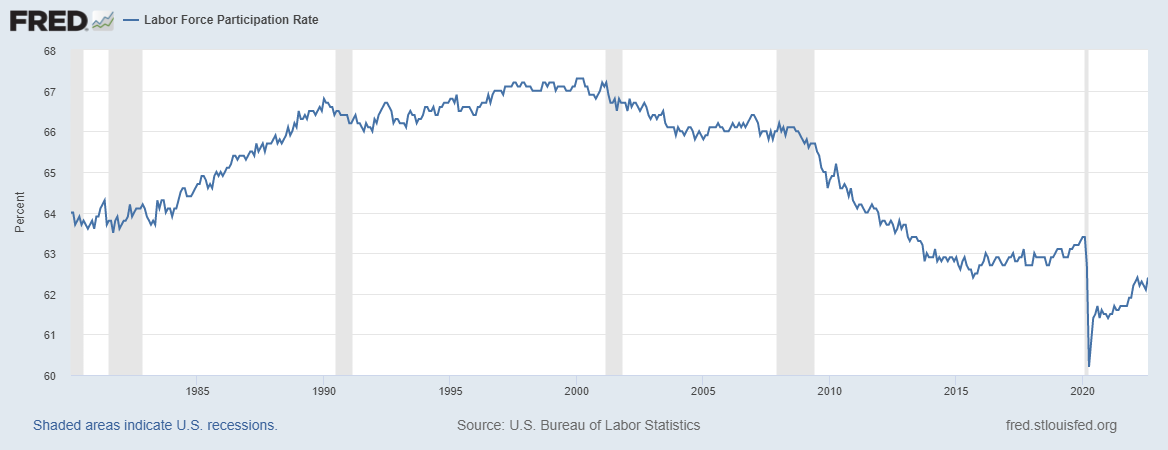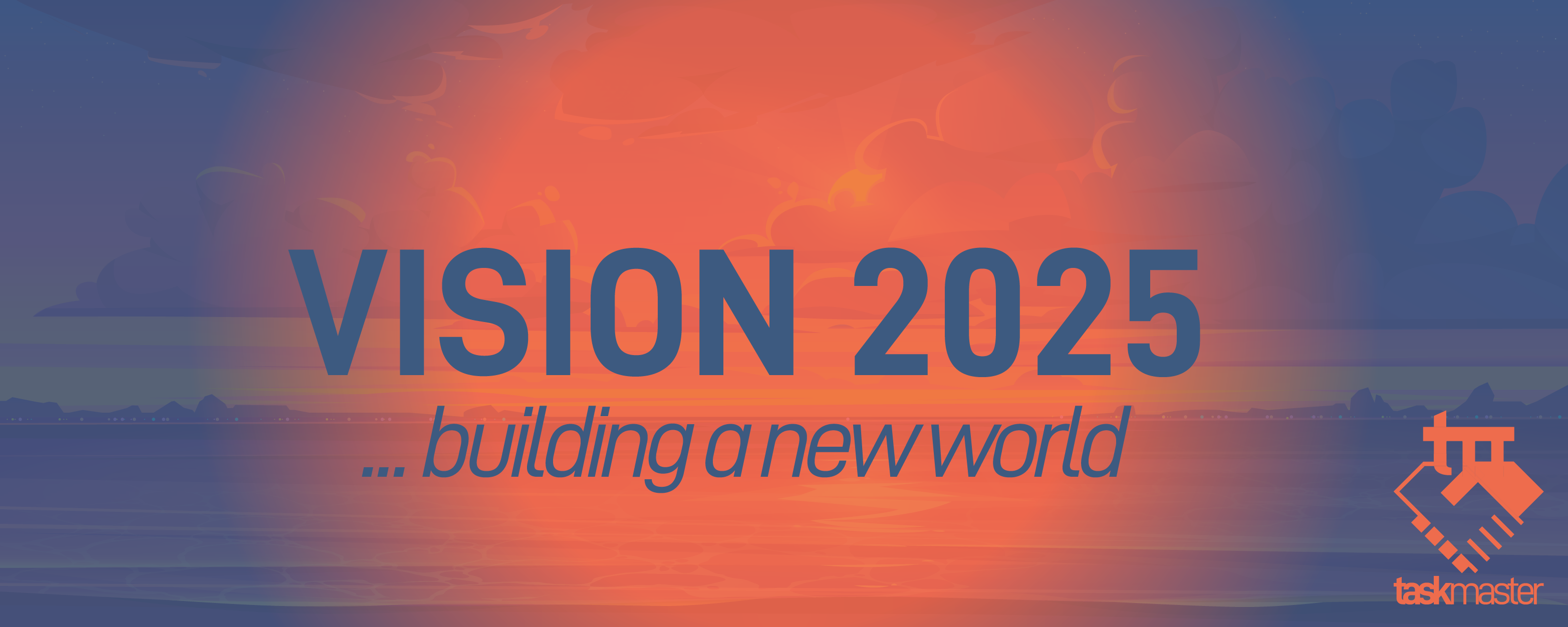The Combination of 3-D Printing and Drones
8 comments
The most powerful technology in the world is convergence. This is what takes simple technological advancements and put them on steroids.
Perhaps the best example in the last 30 years is the Smartphone. There was nothing new, technologically, about that device. Instead, it was the convergence of three separate technologies, each which operated on its own advancement curve.
When mobile, computing, and Internet were combined, we unleashed one of the most powerful ages ever seen. The mobile computing revolution exploded. In some developed countries, penetration rates exceed 70% in under 7 years. This is an incredible feat.
Given the fact that we saw the individual technologies advancing over 2 or 3 decades reveals why the converging of the three had such an impact.
Therefore, when people ask what is going to be the most powerful technology over the next 20 years, the answer is clear.
It is convergence.
Drones And 3-D Printers
There is no doubt both of these technologies are gearing up. We see hundreds of millions of dollars in research being done. The latter is a topic we discussed extensively on the past. Manufacturing and construction are going to be upended by 3-D printing.
Drones are also forging their own path. The technology is getting better to the point where content creators can do things never dreamed of before. Of course, this is not only for entertainment purposes, there are some real world applications. In fact, the advertising industry is seeing major contributions thanks to drones filming things such as housing developments.
All of this is leading to massive gains in both industries.
This all takes on a new tone, however, if we think about the idea of combining the two. What if 3-D printers were mounted on these "flying robots"?
It is a thought that is being pursued with strong results.
Here is a short video detailing the idea.
The video outlines one of the most basic use cases: building repair in hard to reach places.
It is an idea that can easily be expanded. When we discuss the idea of construction, 3-D printers are receiving a lot of attention. Now, with the concept of "swarming", hundreds of these drones can be synchronized to deliver repairs (or even construction) in remote areas.
What does this do for those areas that are difficult to build in? Simply by flying in drones coupled with print technology, the basic structures could be constructed.
Of course, we must keep in mind this is likely a long way from commercial application. However, it does show the potential of what is being worked upon.
Robots Are Taking Over
This is another example of how people in these fields are making great strides. At the end of the month, Tesla is having their AI day, a time when they are expected to release updates about how things are progressing with their Tesla Bot. While this is likely a multi-decade pursuit, the fact that it is being discussed is a major step forward.
The fact we do not require general purpose robots to make massive headway. As the 3-D printing drones show, there are many different ways to automate processes. We can replace activity done by humans with those by automated bots.
Drones simply add another dimension to the mix.
Over the next couple of decades, we are going to see a major shift in employment. This was always the case. However, at this time, we are seeing things happening at never-seen-before pace. The level of technology today is remarkable as a starting point when compared to a couple decades ago.
Many still believe that jobs are going to be plentiful in the future. The sad reality is this is misguided. In fact, a case could be made that technology has destroyed millions of jobs over the last 20 years, especially in developed countries.
As we can see, the labor participation rate in the United States peaks over 20 years ago. While there are many theories as to why this is the case, I believe the advancement of technology meant millions of jobs were destroyed and not replaced.

Feeding into this is the velocity of money. When we overlay that on top of the labor force participation rate, we see this:

Notice the correlation?
When the labor force shrinks, so does money flowing through the system. After all, workers are not being paid for their labor. Why would this happen, especially as productivity keeps increasing?
The answer is likely technology. Buy a machine or a piece of software, there is the initial upfront cost. However, other than maintenance and upkeep, there is nothing to add. This is in sharp contrast to employees who seem to want to get paid every couple weeks.
Either way, this is the way things are heading.
The combination of 3-D printing along with drones could have a massive impact upon productivity. As always, that tends to go up even when employment does not.
If you found this article informative, please give an upvote and rehive.

gif by @doze

logo by @st8z
Posted Using LeoFinance Beta

Comments